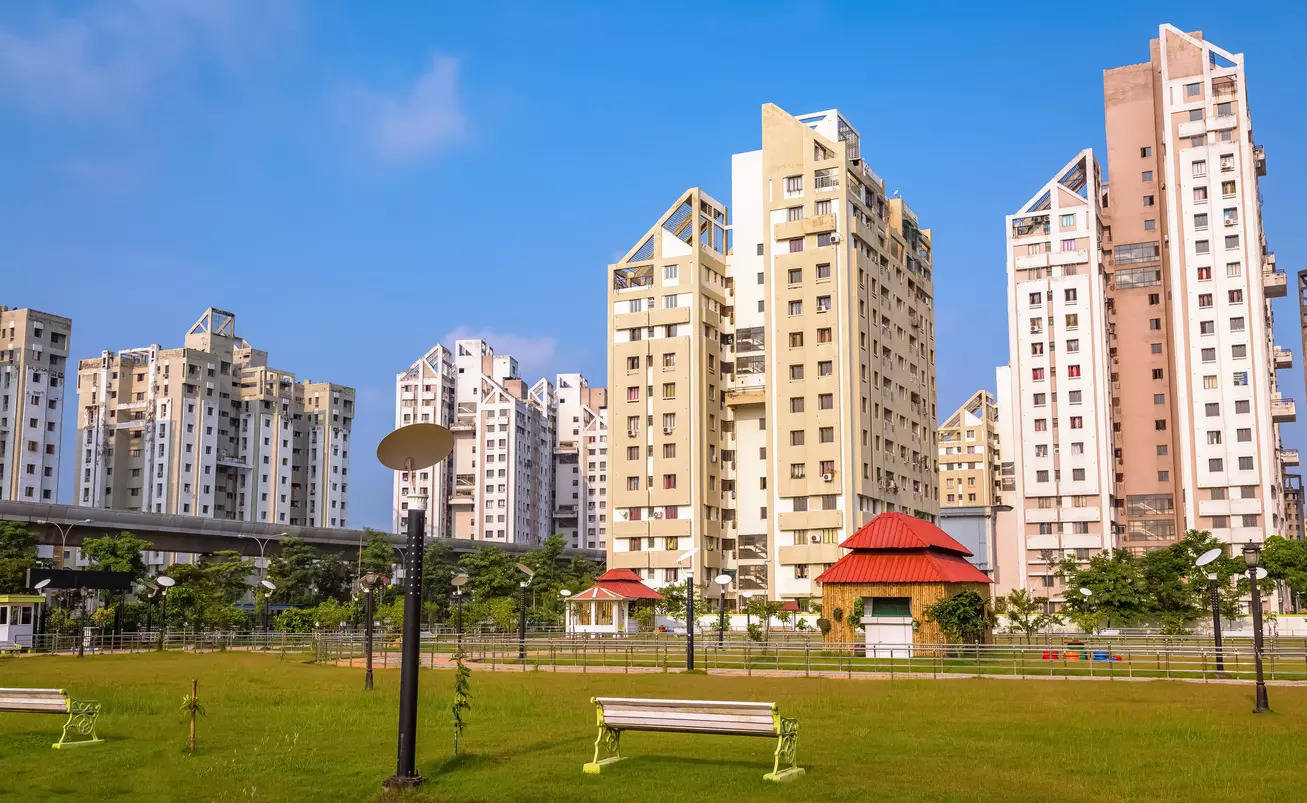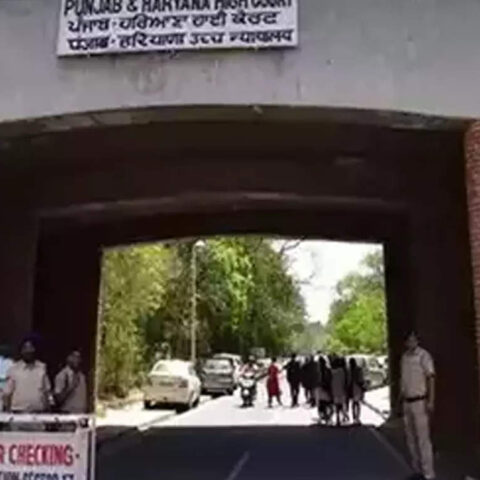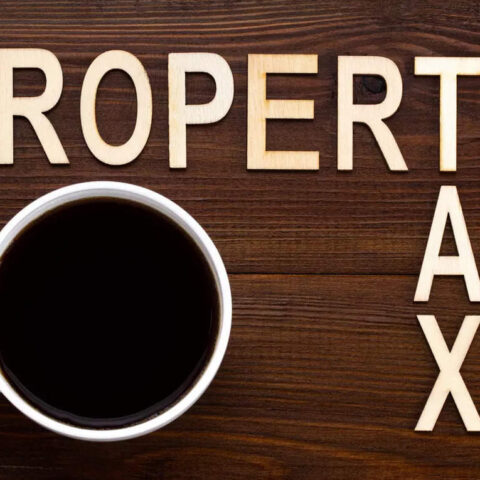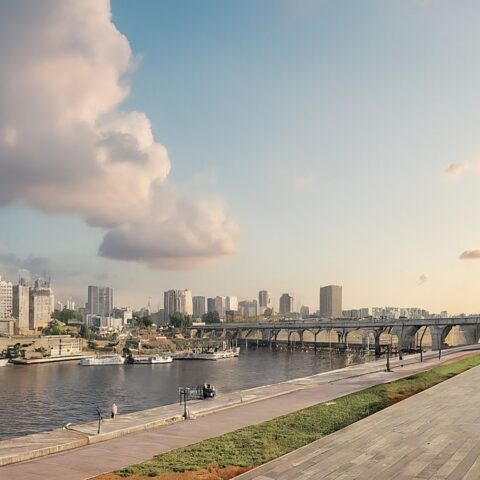
In 2017, the AIADMK govt built, under the Pradhan Mantri Awas Yojana Scheme, 6,877 flats for economically weaker sections (EWS) in Ennore. Seven years on, not one of the flats in the colony, opposite the Ennore Thermal Power Station, is occupied because of the poor air quality in the area.
Until 2017, the area, surrounded by major industries, was classified a ‘Special and Hazardous Zone’ where no residences could be built. In 2018, the Tamil Nadu Housing Board (TNHB) applied to Chennai Metropolitan Development Authority (CMDA) and got it reclassified Primary Residential Zone.Still no one came forward.
In 2019, the complex was handed over to the TNUHDB which was asked to allot the flats to those evicted from pavements or those living on banks of water bodies. Even they are not willing to move here. Barakath K, a daily wager, says he lives close to the shore and is in constant fear of his house being washed away. “But I would prefer that to living in the centre of industries, breathing toxic fumes.”
As per Central Pollution Control Board’s Online Continuous Emission Monitoring System (OCEMS), the PM2.5 levels in Ennore, on average, go up to 135, against WHO-permitted 75.
A CMDA document of a technical committee meeting on Nov 14, 2018, says representatives from Tamil Nadu Pollution Control Board (TNPCB) and Tamil Nadu Generation and Distribution Corporation (Tangedco) expressed concerns with the flats, citing the Ennore Thermal Power Plant expansion project.
Despite these concerns, the reclassification was done because there were already residences near the site, says Nityanand Jayaraman, environmental activist.
“Every month, my son is healthy just for just for a week. Rest of the month he battles with cold, cough, runny nose, and fevers. We find ourselves making trips to the hospital at least three to four times monthly. Meanwhile, my 6-year-old suffers even more; he frequently gets severe coughs and fevers, resulting in frequent school absences,” said Kavitha Prakash, a Kattukuppam, Ennore resident.
A 2021 survey on the respiratory health of children under the age of five in Ennore found that 130 (63%) reported having experienced one or more symptoms, says Nityanand. N Ravikumar, CMDA chief planner, says when the reclassification was done for this project, Master Plans I and II were considered, which didn’t have stringent provisions for environmental factors separating residences from hazardous industries. “In the third Master Plan, these issues will be addressed to ensure stringent rules on reclassification.”
At the apartment complex, construction work is complete, except for wiring, installation of plumbing fixtures, external painting, setting up of a transformer, lift testing, and concrete road laying, says a TNHB executive engineer. “This should be done by June and will be handed over for allotment.”










